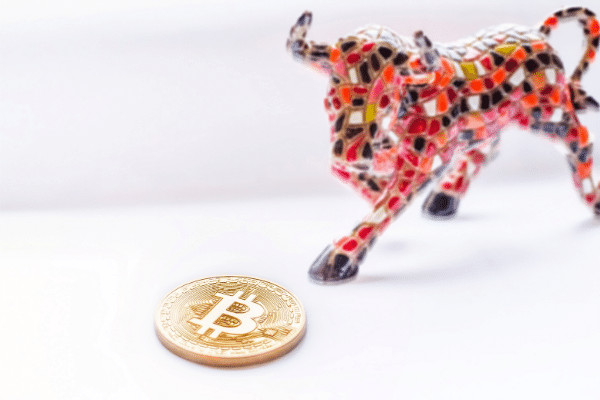-
S&P 500-to-Gold ratio is nearing its highest level in 15 years
-
Last time S&P 500-to-Gold ratio was this high was on the eve of the dotcom bubble bursting, a time which coincided with high levels of optimism
“What you do speaks so loudly I cannot hear what you are saying.”
– Ralph Waldo Emerson
A glance at the S&P 500’s latest record finish would suggest that investors could not possibly be any more optimistic on the economy and on growth.
When investors are optimistic on the future, they bet on humans and companies, the uncertain versus the certain.
But when investors turn fearful, they reverse into things like cash, U.S. Treasuries and often, gold, seen as a store of value for thousands of years.
Which is what makes the ratio of the S&P 500 to the price of gold so significant.
The last time the S&P 500 to gold price ratio peaked was on the eve of the dotcom bubble bursting, when investors were brimming with confidence.
But that was also the end of the millennium, when dramatic new technologies like the internet were promising to usher in a new era of prosperity.
Until of course the dotcom bubble burst.
To be sure, the internet did change the world, but it would take the course of the next decade for the fledgling technology to recover from the ruinous irrational over exuberance of the 90s, and for improvements both in internet speeds and the development of applications like social media and e-commerce to remake markets and lives.
After that period, the S&P 500-to-Gold ratio all but bottomed out, going into freefall during the 2008 Financial Crisis and only marking a turnaround in late 2011, when gold prices spiked again.
But what was so significant about 2011 anyway?
Well for starters, it was the time of the Arab Spring, and investors were jittery that fresh instability in the Middle East (never known for its inherent stability anyway) would affect oil prices and lead to inflation.
Investors bet on gold as a store of value during this period, pushing up the ratio of S&P 500-to-Gold.
Adding to concerns over power generation, it was also the year that Japan’s Fukushima nuclear power plant was ripped apart by an earthquake and threatened to cool interest in nuclear power generation, leading to heightened demand for fossil fuels.
So why didn’t anything happen then?
For one, improvements in renewable energy technologies meant higher efficiency in harnessing power from wind, solar and even waves.
More investment was put into renewable energy resources from the rich countries of Europe and the United States.
So how about now?
While concerns over inflation are a likely factor in the recent spike in gold prices, unprecedented fiscal and monetary policy, couple with technological advancements like blockchain and central bank digital currencies are precipitating similar conditions to when the S&P 500-to-Gold ratio last reached its peak.
Real wages are also rising as is the cost of housing, all of which portend to higher prices of assets such as gold, which generate no yield.
Investors are not necessarily optimistic or pessimistic, but more likely than not, pragmatic.
With so much liquidity sloshing around the financial system, just like in the 90s, gold may simply be rising along with every other asset.
But the uncanny coincidence of a crash after the last time the S&P 500-to-Gold ratio peaked is somewhat disconcerting.




